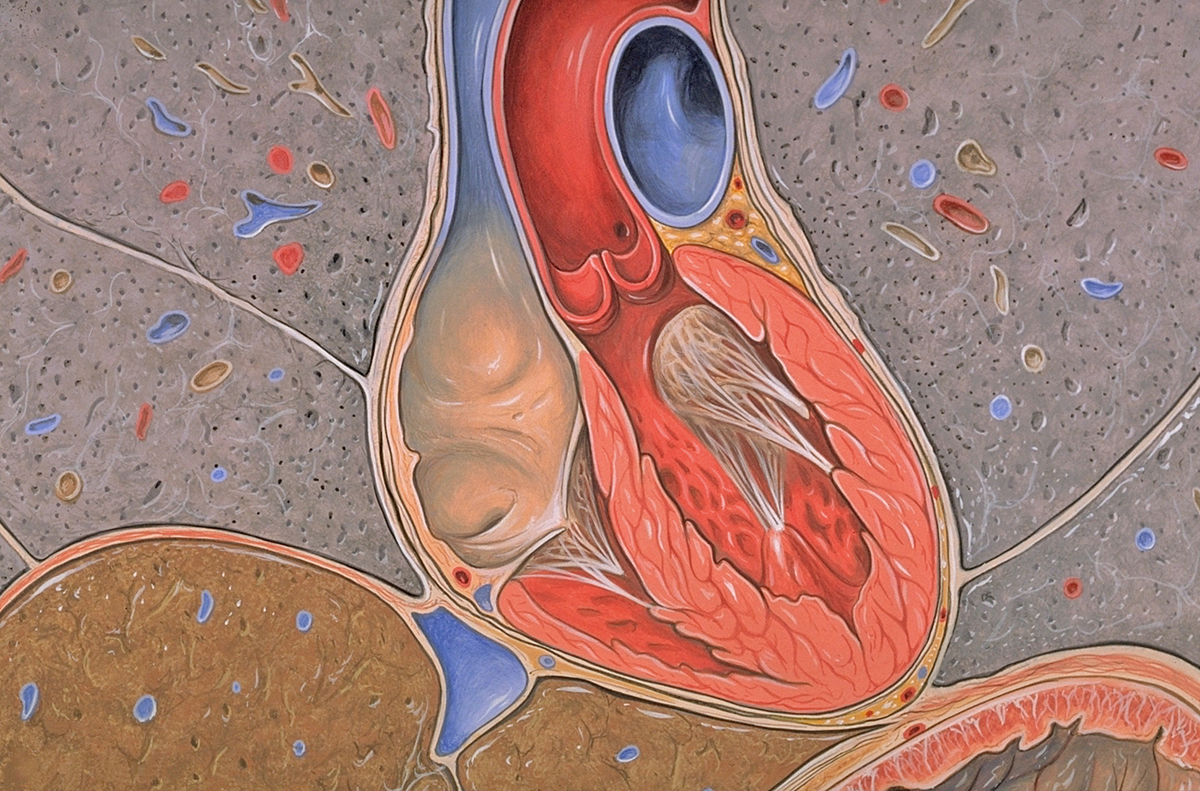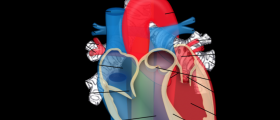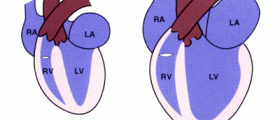
Aortic calcification is a buildup of calcium deposits in the aortic valve of the heart, a valve that separates the left ventricle and the aorta. This valve normally closes after the blood has been ejected into the aorta and its opening allows the heart to pump the blood into the largest blood vessel in the body. However, if the original valve structure is changed this significantly interferes in its normal functioning. Namely, once it has occurred the illness does not allow the left ventricle to eject the blood into the aorta and the left ventricle must work harder to compensate. Initially, the left ventricle pumps blood more forcefully but it eventually becomes weaker due to the extra strain. This weakening of the heart causes additional problems such as chest pain, arrhythmia, heat failure or cardiac arrest. Aortic calcification commonly affects people older than the age of 65 but it may also develop in younger adults and even children if they are suffering from certain heart defects.
Symptoms of Aortic Calcification
Depending on the severity aortic calcification may cause heart murmur, feeling of tightness in the chest and fatigue particularly during over exertion, increased physical activities and stress. One may face sensations of a flattering or rapid heartbeat in a form of heart palpitations. Weakening of the heart eventually leads to swelling of the ankles and feet, nocturia and coughing especially while lying down or at night.
Causes of Aortic Calcification
This condition is common for people over the age of 65. Furthermore, it occurs in people suffering from certain congenital heart defects. In rheumatic fever heart valves are severely damaged. The damaged tissue is an excellent ground for calcium accumulation and subsequent formation of calcium deposits.
There are several predisposing factor that may be associated with increased risk of aortic calcification. They include smoking, heavy drinking and increased levels of cholesterol in blood. And finally, kidney failure may be a trigger of calcium accumulation and aortic sclerosis.
Treatment for Aortic Calcification
Aortic calcification causes heart murmur that can be detected by heart auscultation. The diagnosis can be easily set with echocardiography. This ultrasound examination will confirm the presence of calcium deposits inside the aortic valve. Electrocardiogram does not have to point to any changes unless heart's function has been damaged.
Aortic calcification may be treated with certain medication that will assist in thinning of the deposits. But if the deposits are large and simply cannot be eliminated with medications one may need to undergo surgery called aortic valve replacement.

















Your thoughts on this
Loading...